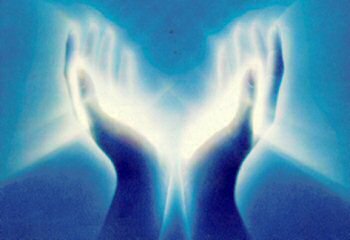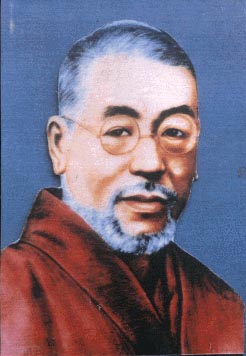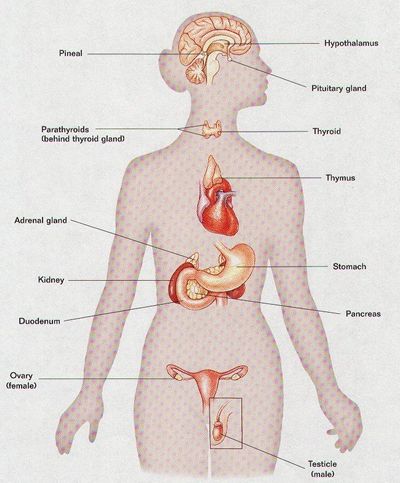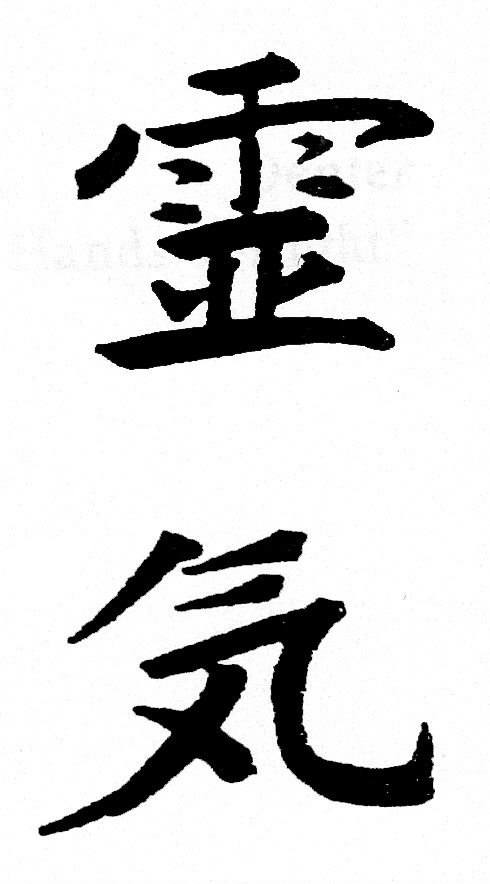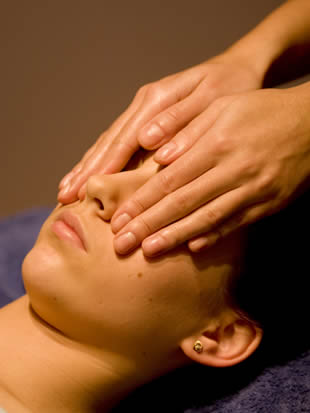Reiki — an overview
Editor's note:
Amongst the various holistic systems now in vogue, reiki belongs to a type of healing through energy, somewhat similar to certain aspects of homoeopathic healing.Definition
The word reiki is Japanese. It means Universal Life-force energy. It can be broken down into two components, “Rei” and “Ki”. “Rei” stands for Universal transcendent spirit; “Ki” is the life-force energy very similar to the Chi of Chinese acupuncture, the vital force of homoeopathy and the bioplasmic energy of the Russian researchers. It is the “Ki” that flows through all living beings. Thus reiki is the energy of life itself and everyone is born with it.
History of Reiki
During the mid 1800s, Japan was opening its closed frontiers to Western influence and the industrious Japanese quickly adopted the technology and other aspects of the Western world. The Christian missionaries followed and in turn many Japanese took to Christianity. Dr. Mikao Usui — the original pioneer of this system was then the Dean of a seminary at Kyoto. He was one day challenged· by his students that if Christ could heal through· touch then he as a disciple of Christ ought to be able to do the same and in turn teach them. Not being able to do so, Dr. Usui resigned his post and went to U.S.A. to get the answer. He failed. Then he turned his attention to Buddhism, having heard of Buddha performing incredible healings. Not finding the answers in the Japanese Lotus Sutras of Buddhism, Dr. Usui studied Chinese in order to study in-depth the Chinese Sutras. Once again he found very little, so he began to study Sanskrit in order to study the Tibetan Sutras. Studying these, he found the intellectual answer to how Christ healed. But the actual process of empowerment eluded him. He went back to Japan to a sacred mountain near Kyoto. Here he began a twenty-one day fast-cum-meditation. At the end of the 21st day the full technique of this empowerment was revealed to him in three-dimensional Sanskrit characters. Usui began to run down the mountain. In his haste he tripped and stubbed his toe. As he reached, down and grabbed it, he was amazed to see that the bleeding stopped and it healed completely. He went back to Kyoto and during the course of years formulated the five basic Reiki principles and began to teach them throughout Japan. Shortly before his death, at the turn of the century, Dr. Usui handed over the charge to Dr. Chijiro Hayashi who in his own right was a very powerful mystic. Dr. Hayashi foreseeing the advent of the Second World War consciously left his body before the war began but not before he had initiated a Japanese-American lady from Hawaii, Mrs. Takata. This simple but enterprising lady trained about twenty-one Reiki Masters before she passed away in December 1980. Today there are very many masters in the reiki system of healing all over the world.
The Principles of reiki
1. Just for today do not worry.
2. Just for today do not feel anger.
3. Honour your parents, teachers and elders.
4. Earn your living honestly.
5. Show the attitude of gratitude.
Reiki healing is very simple to learn. What is known as the first degree attunement taught by a trained Reiki Master over the course of two days is a series of four attunements. This is the very core of the Usui process of healing, — the actual placing of hands and other techniques are secondary. Reiki then comes under the category of energy-work in the same line as bio-energetics, acupressure, acupuncture, magnetic healing and praanic healing. The very first impact one notices on oneself after having undergone attunement is the increase in the amount of energy or the feeling of heat when undergoing treatments. The patient draws just the right amount of energy through the hands of a reiki channel. There is no question here of ‘over-dosage’, nor does the ‘channel’, i.e. the practitioner, get tired or exhausted or drained. Reiki can then be used either in its own right or as a means to complement other kinds of healing methods. Reiki treatment is given mainly on the endocrine organs and on any painful spots.
Effects of reiki treatment
a — Helps release emotions.
b — Releases stress.
c — Amplifies energy.
d — Balances energy.
e — Increases awareness.
g — Works on the causal level of disease.
h — Creates total relaxation in the physical body.
I — Reverses processes which hasten aging.
While undergoing reiki, each individual is affected in a very personal way. The result is determined by the needs of the individual undergoing treatment. Individuals often go into profound sleep while undergoing treatment. One is filled with a sensation of peace, vitality and joy. A pleasant feeling of security is experienced. If one treats oneself one can experience the release of withheld emotions and energy blocks.
Reiki works holistically, affecting changes in the very chemical substance and texture of the body, helping to create a mental balance. It helps to consciously develop awareness and this is used by many as one of the key elements in various body-mind therapies. Besides the first degree attunement process, which always increases the vibratory level, there is a second degree attunement in which the vibratory level is increased at least four times more than the first degree.
Here certain symbols are taught which help in sending distant healings. In the first degree, it is the physical body that is chiefly energised so to say; in the second degree, it is the etheric body which is worked on. The third degree attunement is done only to initiate a master.
A formal one-to-one treatment of a reiki session takes an hour at least. There are what is known as group treatments in which many reiki students or masters lay their hands on the person to be healed. This shortens the time-factor, and also amplifies the energy.
Such group treatments are being done to help people with cancer and AIDS. In addition, group treatment can be sent to promote peace in war-torn countries, heal areas afflicted by floods, earthquakes and other natural calamities and in general offer energy to any situation which needs it.Conclusion
The Usui system of reiki is not only a simple and natural healing method but also the most effective way of transferring this universal life-energy. Once a person is attuned to become a reiki channel, concentrated life-energy will flow through his hands on its own accord and this ability will remain for the rest of his life.
References
1. Personal communication from Rani Venkat, a teacher of traditional reiki.2. Paula Horan. Empowerment through Reiki. Wilmont; Lotus Light publications, 1990.
3. Bodo Bagmaster and Shalila Shazamon. Reiki — Universal Life energy. Verlag; Germany, Synthesis.
[Courtesy: Clinical Case Recorder, January-March 1995.]
Share with us (Comments, contributions, opinions)
When reproducing this feature, please credit NAMAH, and give the byline. Please send us cuttings.
